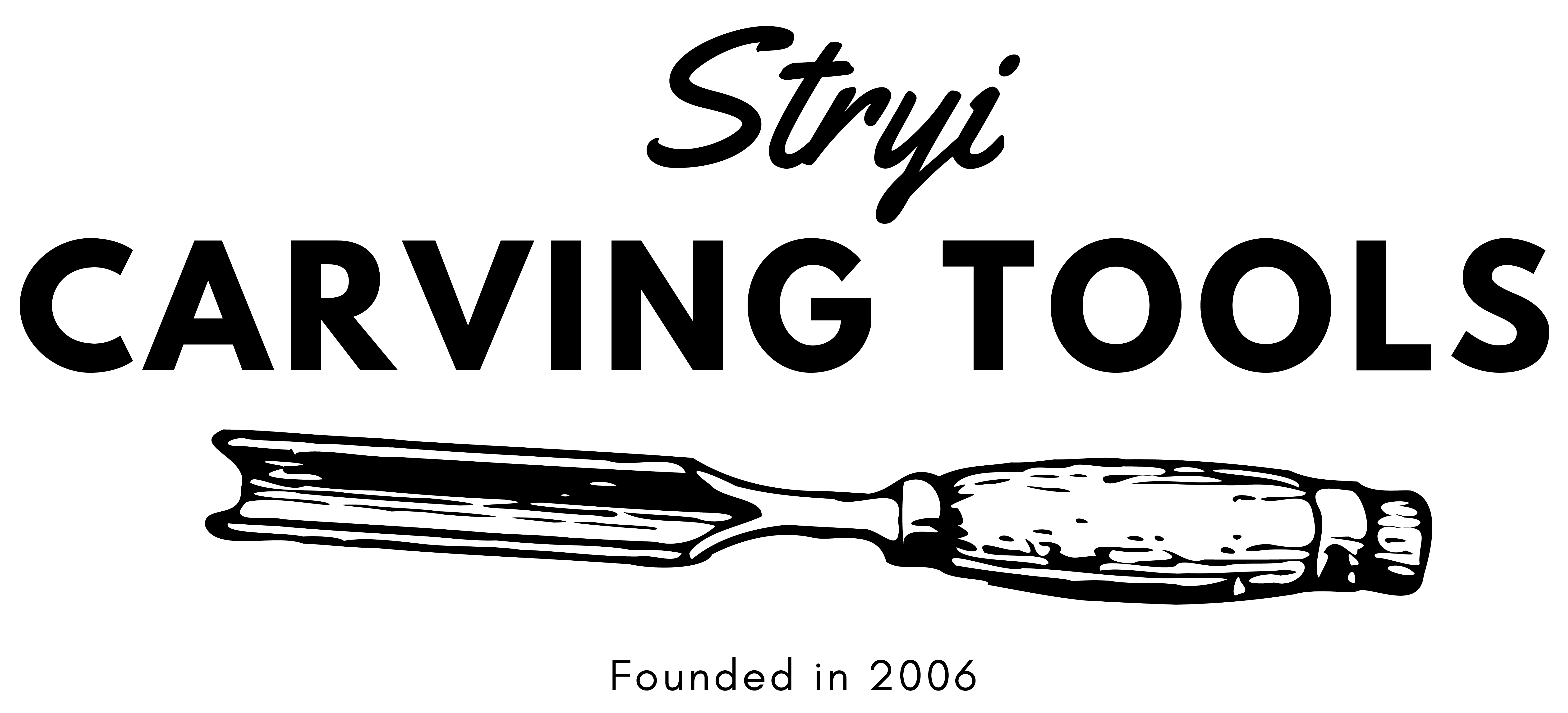Creating texture with tools: how to add depth and movement to your carvings
When it comes to carving, shape is only half the story. Texture is what brings a piece to life—it adds dimension, suggests movement, and draws the eye across the surface. Whether you're working in wood, stone, or clay, mastering texture is the difference between a static sculpture and one that feels dynamic, natural, and expressive.
In this guide, we'll explore how to create texture using carving tools, along with practical techniques to help your work stand out—both visually and emotionally.
Creating texture with tools: how to add depth and movement to your carvings
1. Why texture matters in carving?
Texture isn't just decorative—it's communicative. It tells the viewer what something feels like, even when they can’t touch it. It evokes realism in lifelike carvings and abstraction in expressive works.
Benefits of adding texture:
-
Enhances contrast between surfaces
-
Creates light and shadow play for visual depth
-
Suggests movement, flow, or material origin (fur, bark, cloth, water)
-
Helps guide the viewer’s eye across the piece
-
Conceals tool marks in rough or naturalistic works

2. Common tools for creating texture
The right tool can transform a flat surface into a landscape of ridges, grooves, and pattern.
Essential texture tools:
-
V-Gouges (parting tools): For fine lines, feathers, hair, fur, or woodgrain
-
U-Gouges: Ideal for scooping rounded grooves or soft flowing lines
-
Veiners: For narrow channels and subtle ripples
-
Rasps and rifflers: Add raw, tactile texture quickly
-
Chisels with angled cuts: Create hard lines, facets, or chips
-
Burnishers or wire brushes: For distressing or finishing textures
-
Power tools (optional): Rotary tools with burrs or bits for stippling and engraving
Pro tip: Use a light touch—texture is about suggestion, not overworking.
3. Techniques to add movement and life
Texture tells a story of energy. Done correctly, it suggests where something bends, breathes, flows, or ages.
Try these techniques:
A. Directional carving
Follow the flow of the form (e.g., carve along the muscle lines in a figure or grain direction in a tree).
B. Layered textures
Use multiple tools and depths in sequence—for example, a rough gouge base followed by finer V-tool detail.
C. Stippling or punching
Use a pointed tool to create dot patterns. Great for animal hides, ground texture, or subtle contrast.
D. Crosshatching
Cut intersecting lines at angles to simulate woven materials or shading.
E. Faceting
Leave deliberate tool marks to add geometric character and catch light.

4. Texturing specific materials
Different materials respond differently to texture techniques.
Wood:
-
Softer woods (basswood, butternut): Great for intricate textures
-
Hardwoods (oak, walnut): Require sharper tools but hold deeper detail
-
Use grain direction for realistic effects (e.g., bark, leaves)
Stone:
-
Use carbide chisels or pneumatic tools for harder stones
-
Riffler rasps and abrasives for surface modeling
-
Texture adds contrast to polished sections
Clay:
-
Can be texturized while wet or leather-hard
-
Use stamps, fingers, or scoring tools
-
Glaze and firing can emphasize or soften texture depending on finish
5. Designing with texture in mind
Great texture isn’t accidental—it’s planned into the design.
Design tips:
-
Sketch texture into your initial drawings
-
Identify contrast areas (smooth vs. rough) for visual interest
-
Vary depth and pattern to suggest realism (e.g., deep cuts for bark, light cuts for veins)
Think ahead: Know how texture will look under light—especially with strong directional lighting in display settings.
6. Finishing textured surfaces
After carving, texture can be highlighted or subdued based on how you finish the piece.
Options:
-
Wax or oil finishes enhance contrast in wood
-
Paint or patina can be dry-brushed to catch raised details
-
Stains or glazes settle into grooves for visual depth
-
Buffing or burnishing softens texture edges for a more natural look
Tip: Always test finishes on a sample area to see how they interact with your texture work.
Final thought: let your tools speak
Texture is where carving becomes expressive. It transforms material into story, surface into emotion, and function into art. By learning how to control your tools and direct your textures with purpose, you’ll open up a new dimension in your work—one that viewers can feel, even from a distance.
Because in carving, detail isn't just in the form—it's in the feel.













